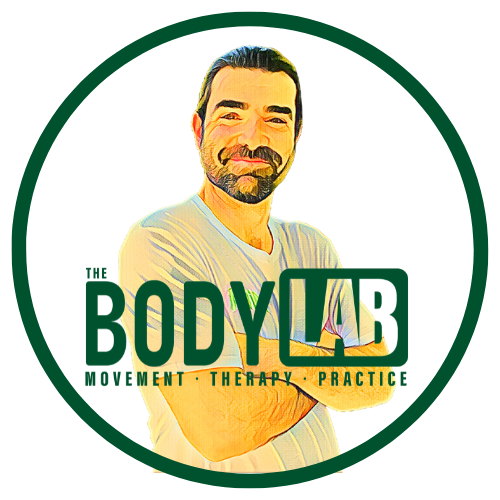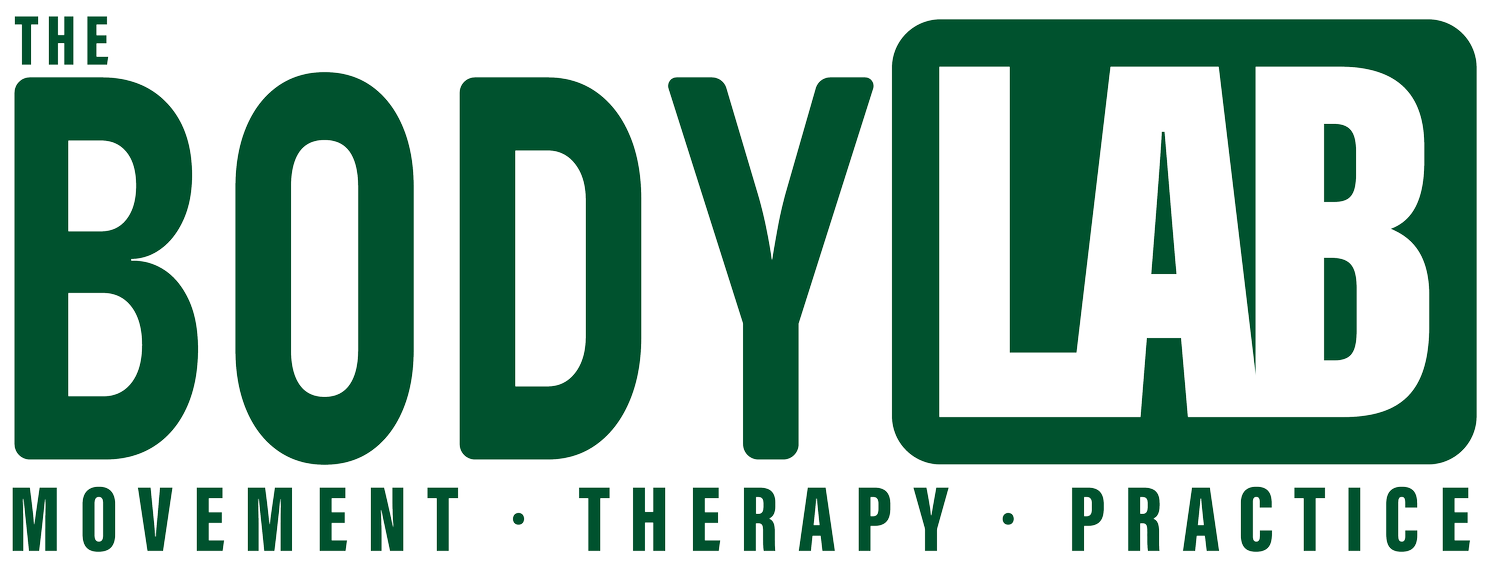
Movement Therapy
Things I can help with:
Hip Issues
Tennis Elbow
Frozen Shoulder
Heel Pain
Shoulder Trauma
Postural Issues
What is movement therapy?
Movement therapy is a movement-based approach to body realignment, rehabilitation and the management of pain and injuries. It is informed by the work of Gary Ward, founder of Anatomy in Motion (AIM™) and author of What the Foot?
Movement therapy is based on a bio-mechanical understanding of the human body, according to which the entire body is assessed and treated as an interconnected system. In other words, a movement therapy approach treats the pain or injury in one part of the body – a particular joint, muscle or nerve - by assessing and treating the entire system of which it is part. The resolution to pain in the upper part of the body, for example, may lie in correcting the placement and movement of your foot when walking, the correction of which will then reset the entire structure of your bodily movement.
Movement therapy can assist with general issues related to posture, restricted movement or discomfort, as well as specific complaints, including achilles tendinitis, plantar fasciitis, symptoms of disc herniation, back and neck pain, frozen shoulder and sports injuries.
Movement therapy can also help with the general maintenance of body health and prevention of injury later in life. A movement therapy assessment today can help identify and correct posture and movement issues that have the potential to exacerbate over time.
Movement therapy sessions can be delivered either on-line or in person. Scroll down to find out what you can expect during a movement therapy session.
Anatomy in Motion is a movement oriented education system. It is based on what the body does and when it does it. What I mean by that is what joints do, in what dimension of movement and in what time, for instance in our gait cycle
— Gary Ward creator of Anatomy in Motion
What to expect
When you book your first appointment using the online form, you will be guided through some questions about the reason for your appointment and your physical history, including past injuries, trauma, or accidents.
Once your appointment is confirmed, depending on the type of appointment you choose, I will ask you to send me a video recording of you walking, which I will review prior to your arrival.
Your appointment will start with a thorough review of the information you provide about your reason for presenting and your physical history. It is best to tell me everything that has happened to your body no matter how small or insignificant it may seem.
An initial movement therapy session at The Body Lab will take at least 90 minutes and will involve four stages of bio-mechanical evaluation, including gait (walking) analysis, foot pressure, postural, and dynamic assessments - all explained in more detail below.
These different assessment tools are used to identify the reason behind the specific condition or pain a client presents with, the understanding of which will then inform a tailored movement therapy treatment. Your movements will be recorded and sent to you for continued practice after your session.
Stages of Bio-mechanical assessments
Walking involves your entire skeletal system moving in a predictable repetitive motion; all the bones and joints articulate in three dimensions with every step. The gait assessment is an in-depth evaluation of how you walk. I look at each step as you walk, focusing especially on your feet as they strike the ground, bear weight, return to neutral, and then push you forwards. I also assess the corresponding movements of the rest of your body as you walk, as your other limbs should follow a predictable path of motion with each step. The goal is to assess how you walk against ‘ideal’ joint mechanics; to identify and treat the compounding effects of any asymmetries or limitations in your movements.
The foot pressure assessment uses the latest plantar pressure plate technology to measure your foot pressures, weight distribution and stability. Understanding how your feet are functioning is a foundational step for diagnosing and treating pain and movement limitations in all parts of your body.
The postural assessment measures your static body positioning - basically looking at your posture when you’re standing in your neutral state of rest (the standing position you feel most comfortable in and always revert to). The analysis provides a three-dimensional picture (from the front view, the side view and from the top down or down upwards view) of the resting position of your feet, knees, hips, pelvis, spine, shoulders, upper limbs, and skull. The goal is to identify the impact of any past injuries, pain experiences or surgeries on your posture, and to understand how that can in turn be causing or exacerbating some pain or movement limitations currently being experienced.
The Postural Assessment
The Foot Pressure Assessment
Walking assessment
The aim of the dynamic assessment is to find out where your body has limitations of movement. Using gait and movement assessment, range of motion testing, muscle testing, and dynamic foot plate pressure assessment (with you standing and walking on the pressure plates), I will measure how your feet and entire body move as one complete system. I will observe the major articulations of your body - including your feet, knees, pelvis, spine, and skull – and assess how well (or not) each of your joint structures move and integrate with surrounding joint structures.
The aim of the treatment is to find out where your body has limitations of movement based on all the assessment conducted during your session and start to bring your awareness to this areas of your body using movements that allow the entire body to start to move in a safe and controlled way.








